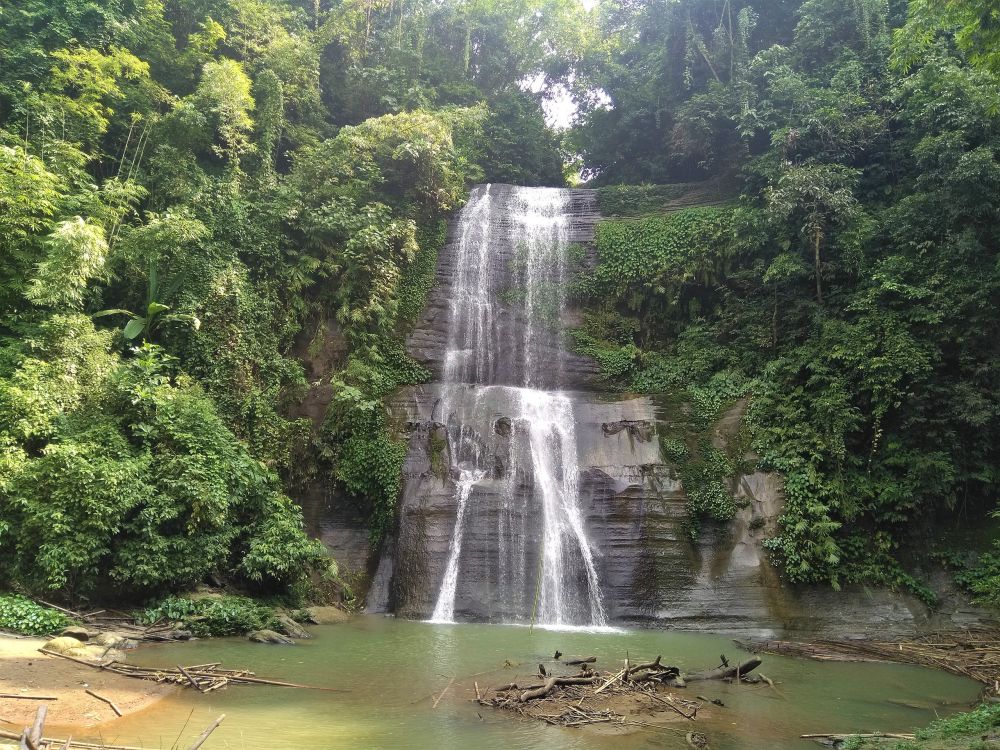

Nestled in the lush greenery of Kailashahar, Tripura, the Ham Ham Waterfall has remained one of nature's best-kept secrets for centuries. The waterfall is relatively new as a tourist destination, with its popularity rising notably in recent years. Its presence in the Sajek valley, amidst the pristine and relatively unexplored wilderness of the region, adds to its allure, as it has been a symbol of untouched natural beauty.
The indigenous communities living around the area have long cherished the waterfall and its surrounding landscapes. It has only recently gained attention on a larger scale, as adventurous travelers and nature enthusiasts have started to explore the remote regions of Northeast India, seeking out new and authentic experiences.
The development of tourism at Ham Ham Waterfall has been a gradual process. It was after the active promotion of North East tourism by the Indian government and local authorities that people began to recognize Kailashahar's potential as an eco-tourism destination. The waterfall's unique location, requiring a trek through dense forests, has positioned it as an exciting destination for those looking to combine the thrill of adventure with the tranquility of nature.
Earlier, reaching Ham Ham Waterfall was a challenge due to limited connectivity and lack of infrastructure. However, the recent drive to boost tourism has led to better accessibility and facilities for travelers. While still requiring a trek to reach the final site, there are now more resources available for guidance and safety than ever before.
The latest trends in tourism at Ham Ham Waterfall focus on sustainable and responsible travel. Ecotourism has been on the rise, as preserving the natural and cultural integrity of the area is of paramount importance. Tourists are encouraged to maintain the cleanliness of the site and to minimize their environmental impact.
Additionally, adventure tourism is becoming increasingly popular with activities like trekking, bird watching, and nature photography attracting a diverse group of visitors. Given its remote location, there has also been a growing interest in off-the-beaten-path travel, which Ham Ham Waterfall caters to perfectly.
As tourism continues to develop, local authorities are working on striking a balance between welcoming visitors and preserving the site's natural beauty. Future plans include improved tourist facilities and infrastructure, developing local eco-tourism projects, and promoting awareness about the ecological value of the region. The goal is to ensure that the Ham Ham Waterfall remains a sustainable destination for generations to come.
In conclusion, the Ham Ham Waterfall in Tripura has transformed from a hidden gem into a beacon for eco-conscious travel and adventure tourism. Its history as a tourist spot may be brief, but its future shines bright as a testament to the natural wonders of India's North East and the growing appetite for tourism that respects both culture and environment.